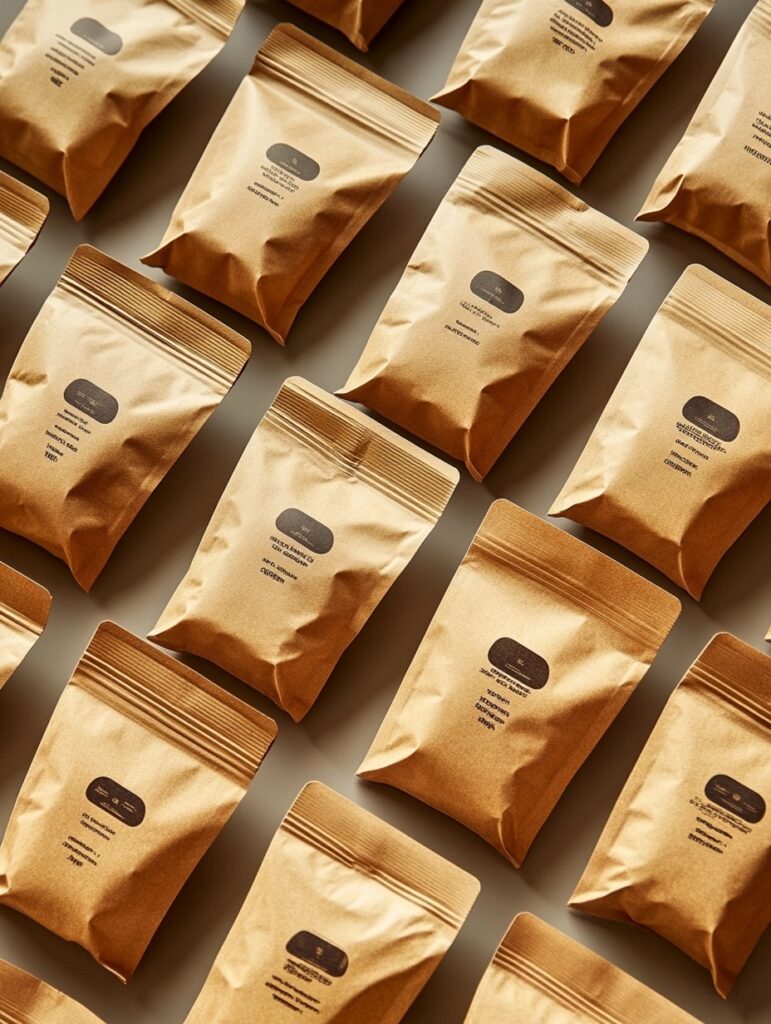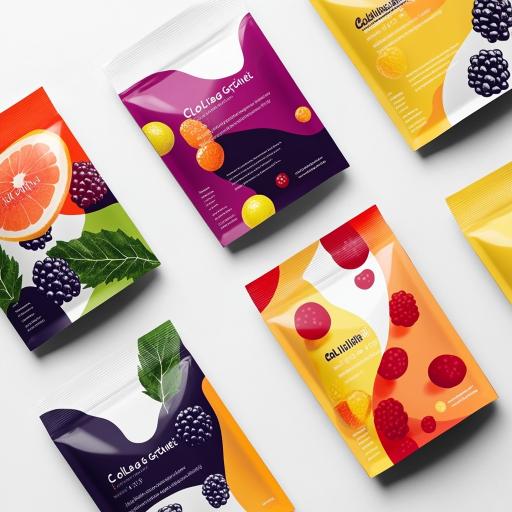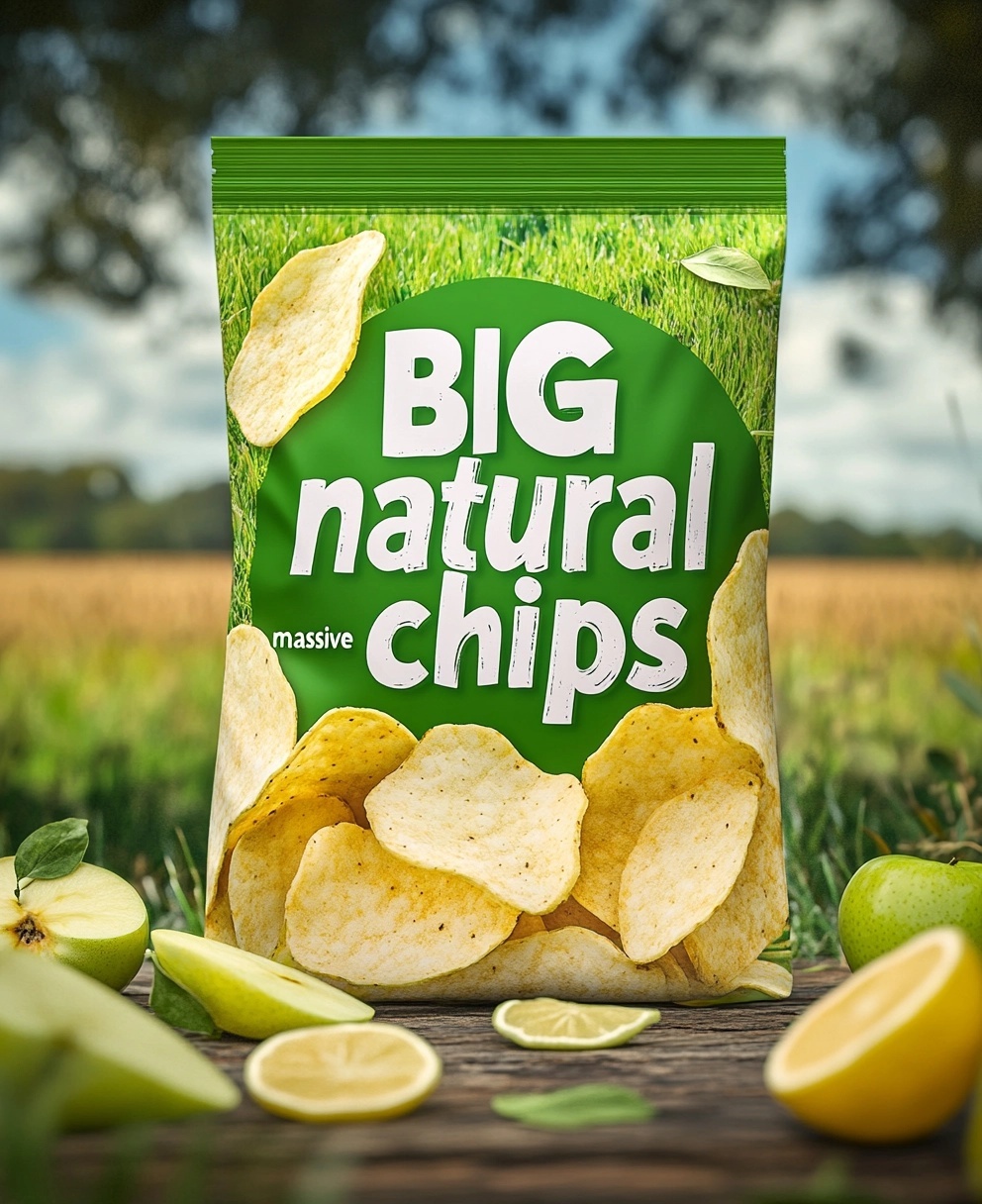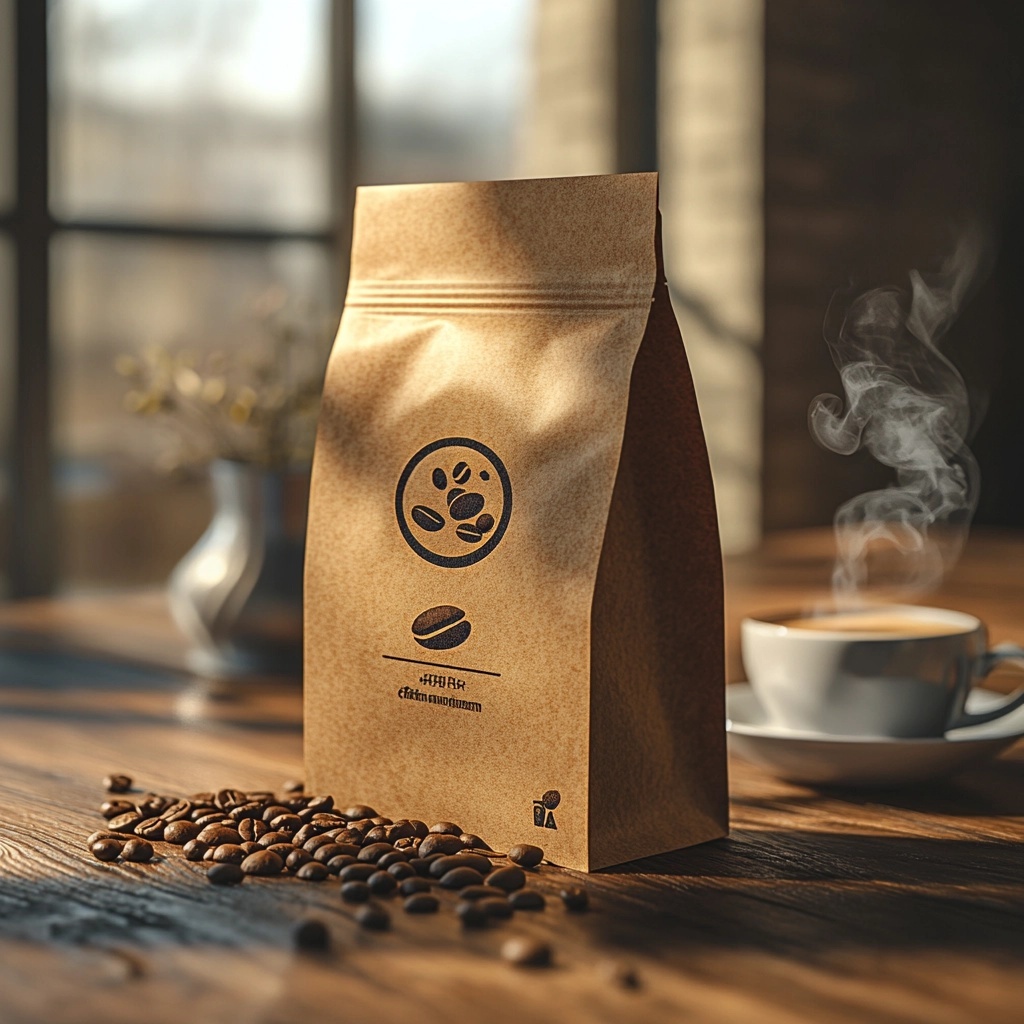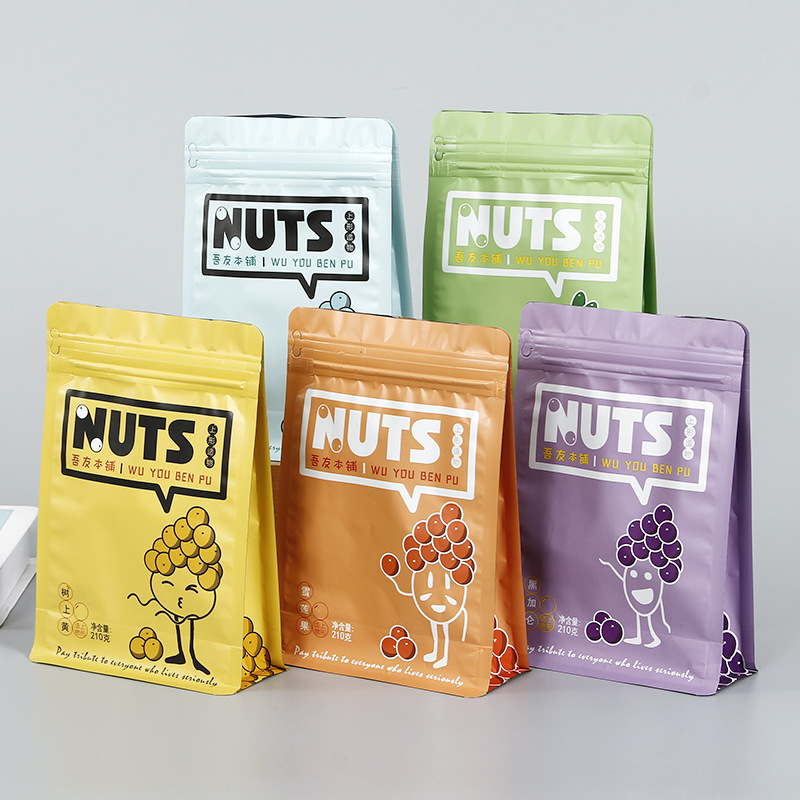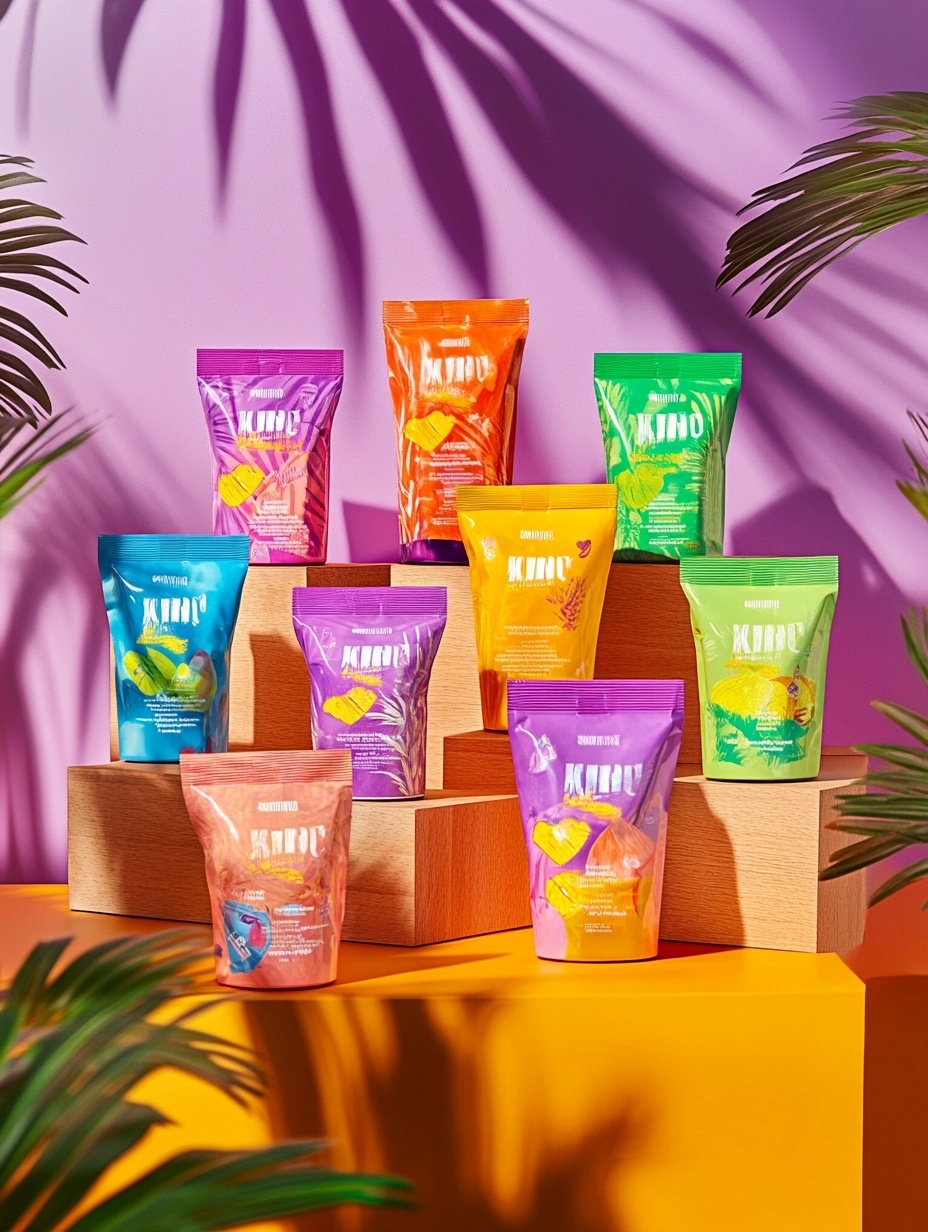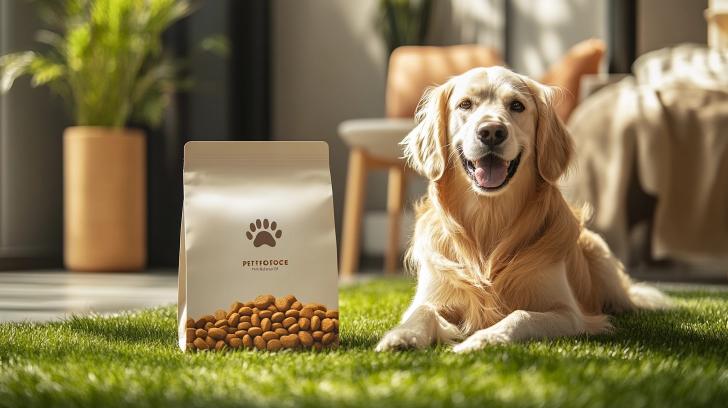More brands are switching to flexible pouches—but not all are created equal when it comes to sustainability. From materials to features, real eco-friendliness is about more than just buzzwords.
A sustainable pouch uses fewer resources, protects the product, and can be recycled, composted, or reused without harming the environment.
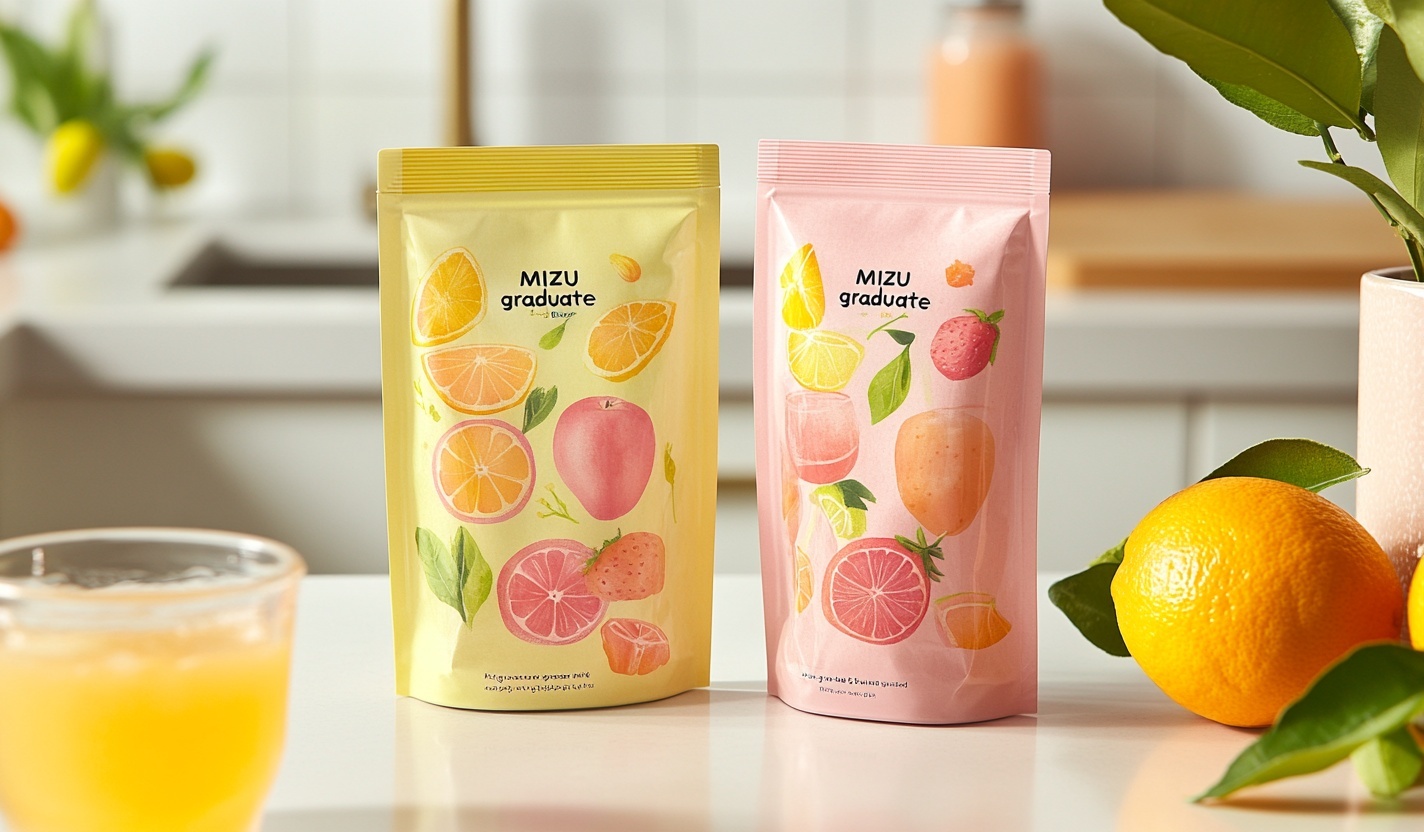
If your packaging isn’t helping your environmental goals, it might be hurting your brand.
What Makes A Flexible Pouch Truly Sustainable?
Many brands claim to be “green,” but their packaging tells a different story. Compostable ink on a multilayer foil bag? That’s not real sustainability.
A truly sustainable flexible pouch minimizes environmental impact from sourcing to disposal—without compromising product quality or shelf life.
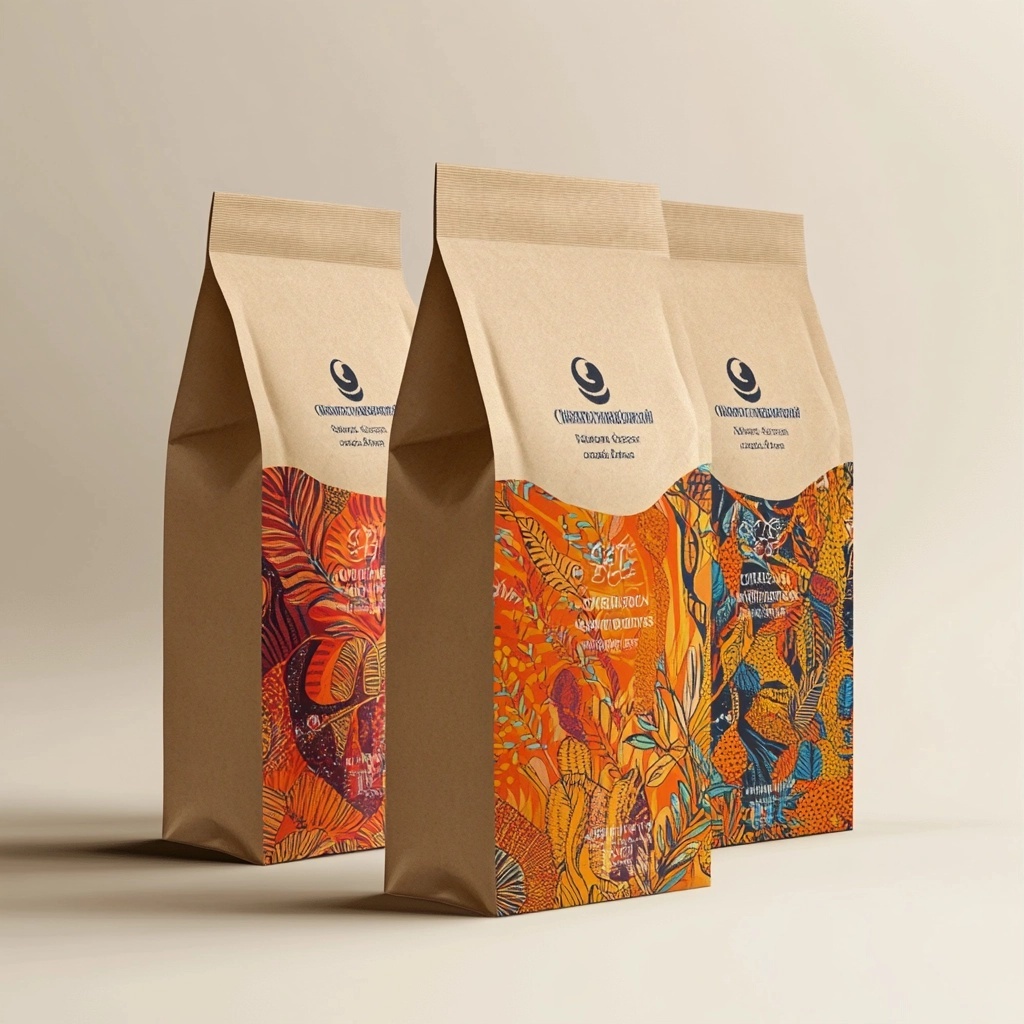
Core Sustainability Factors in Flexible Packaging:
| Criteria | Description | Why It Matters |
|---|---|---|
| Material Source | Renewable or recycled input materials | Reduces dependency on fossil fuels |
| End-of-Life Option | Recyclable, compostable, or reusable | Lowers landfill waste |
| Barrier & Durability | Effective shelf life without over-layering | Preserves product with fewer materials |
| Energy in Production | Lower emissions and water use during manufacturing | Reduces carbon footprint |
| Weight & Transport | Lightweight for efficient logistics | Cuts down emissions during shipping |
A pouch using mono-material PE (recyclable) or PLA (compostable) scores higher on sustainability than traditional PET/AL/PE laminates. Pairing that with digital printing instead of solvent-based gravure also reduces waste and emissions.
How Do Recycled Materials Impact Packaging Performance?
Some people assume recycled packaging is weaker, flimsier, or less protective. That used to be true—but not anymore.
Modern recycled materials can match virgin films in performance while helping brands close the loop and reduce resource consumption.
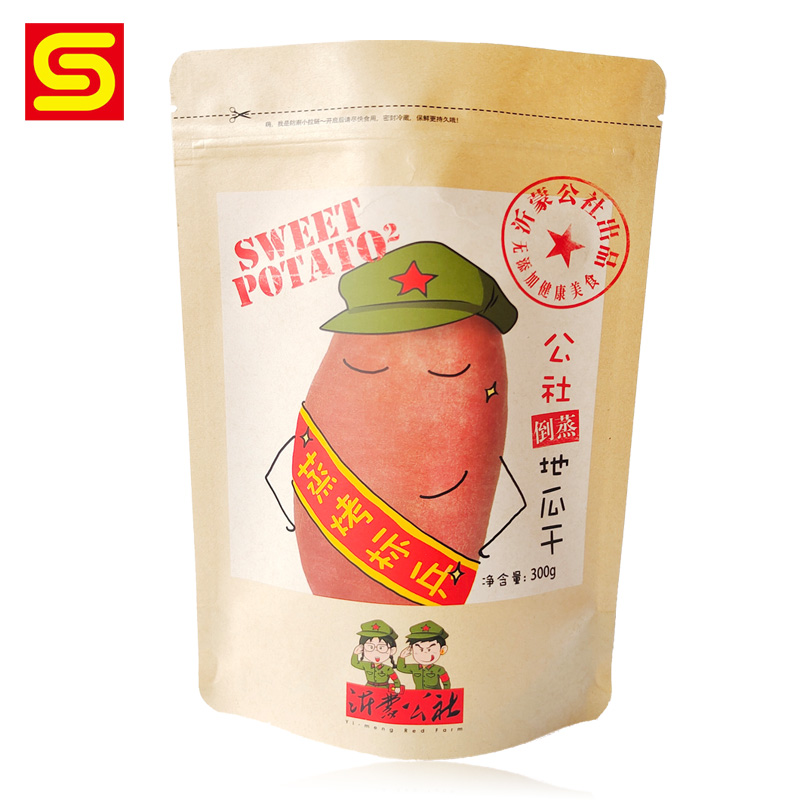
Recycled Content Types & Performance Impacts:
| Material Type | Recycled Input | Performance Notes |
|---|---|---|
| PCR PET | Post-consumer recycled | High clarity, good stiffness, lower OTR |
| PCR PE | Post-consumer recycled | Soft touch, flexible, better for seal layers |
| Industrial Recycled PE | Pre-consumer recycled | Consistent quality, supports circularity |
Recycled films have improved through advanced extrusion and blending techniques. For flat bottom or stand-up pouches, integrating up to 40% PCR content is now possible without major changes in strength, barrier, or printability. This lets brands keep their shelf appeal while meeting sustainability targets.
Which Design Features Support Environmental Goals?
Sometimes the problem isn’t the pouch—it’s the extras. Overbuilt features, unnecessary layers, or incompatible closures ruin recyclability.
Choosing smart design features that align with your material choices is key to making your packaging truly eco-friendly.

Eco-Friendly Features to Consider:
| Feature | Eco Benefit | Notes on Application |
|---|---|---|
| Mono-Material Zippers | Keeps pouch 100% recyclable | PE-based zippers work best with PE films |
| Digital Printing | Lower waste, less ink | Ideal for small to mid runs |
| Laser Scoring | Easy opening without extra plastic | Can replace tear notches |
| Degassing Valves | Compostable or recyclable options available | Needed for coffee, use sustainable types |
| Clear Windows | Use recyclable PET or eliminate if not needed | Consider print tricks to simulate window |
The key is compatibility. A pouch made of recyclable PE loses its recyclability if it has a metal zipper. Brands should prioritize integrated systems—like recyclable zippers, mono-material valves, and minimal or digital printing—to reduce overall environmental impact.
Why Should Brands Switch To Eco-Friendly Packaging Now?
Waiting until regulations force a change means losing the chance to lead. Your competitors are already making the switch.
Switching to sustainable packaging now strengthens your brand, builds consumer trust, and puts you ahead of upcoming global packaging regulations.
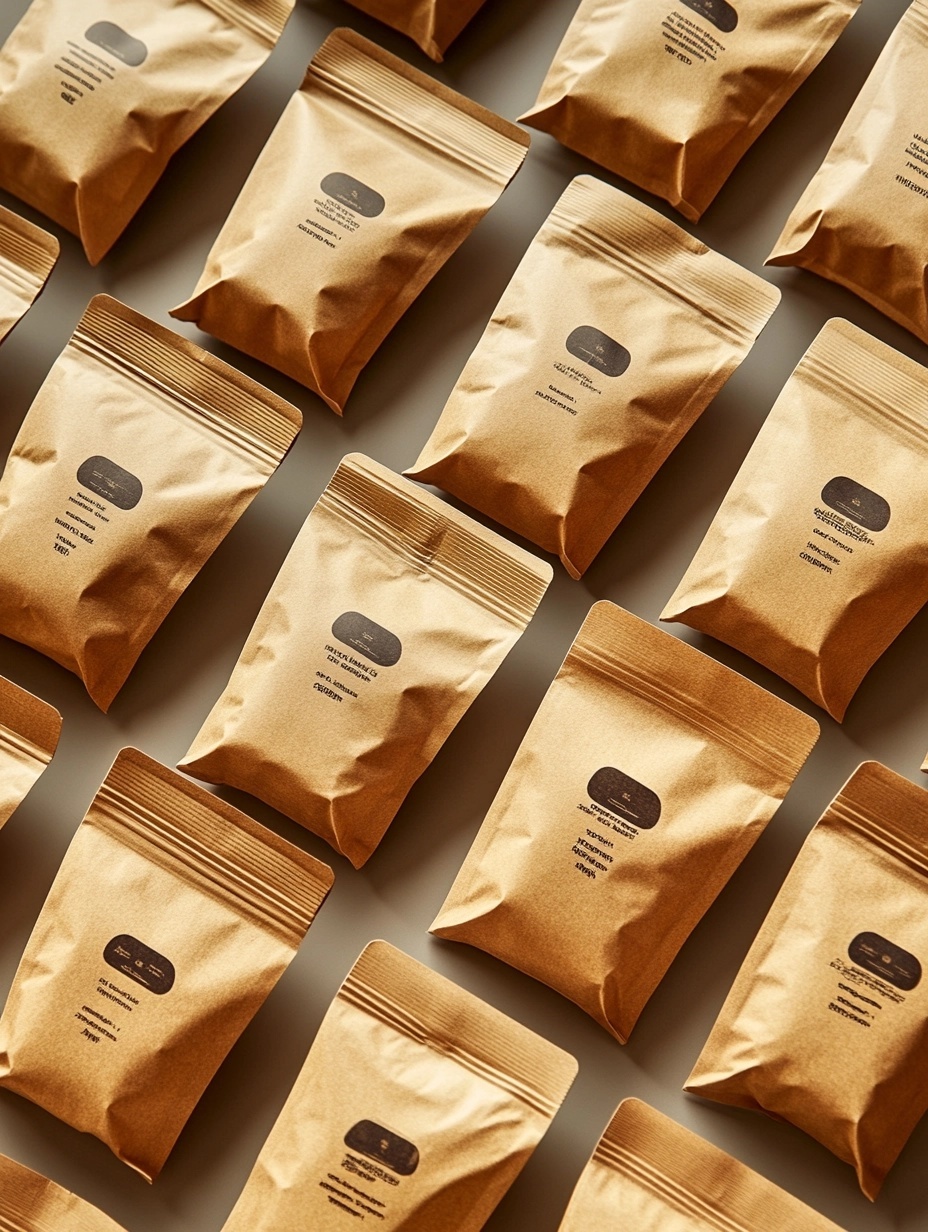
Market & Regulatory Drivers:
| Factor | Why It’s Urgent Now |
|---|---|
| Consumer Expectations | 60% of shoppers prefer sustainable packaging |
| Retailer Mandates | Big chains now require recyclable-ready formats |
| National Legislation | EU/US introducing extended producer responsibility |
| Cost Savings Over Time | Less waste, efficient logistics, smaller footprint |
| Competitive Advantage | Green branding opens premium pricing opportunities |
I’ve worked with brands that started switching just one SKU to a recyclable pouch, then expanded across the product line after positive feedback. When you take the lead in sustainability, your customers notice—and your competition scrambles to catch up.
Conclusion
Sustainable flexible packaging isn’t a trend—it’s a smart move that aligns product protection with environmental responsibility.

